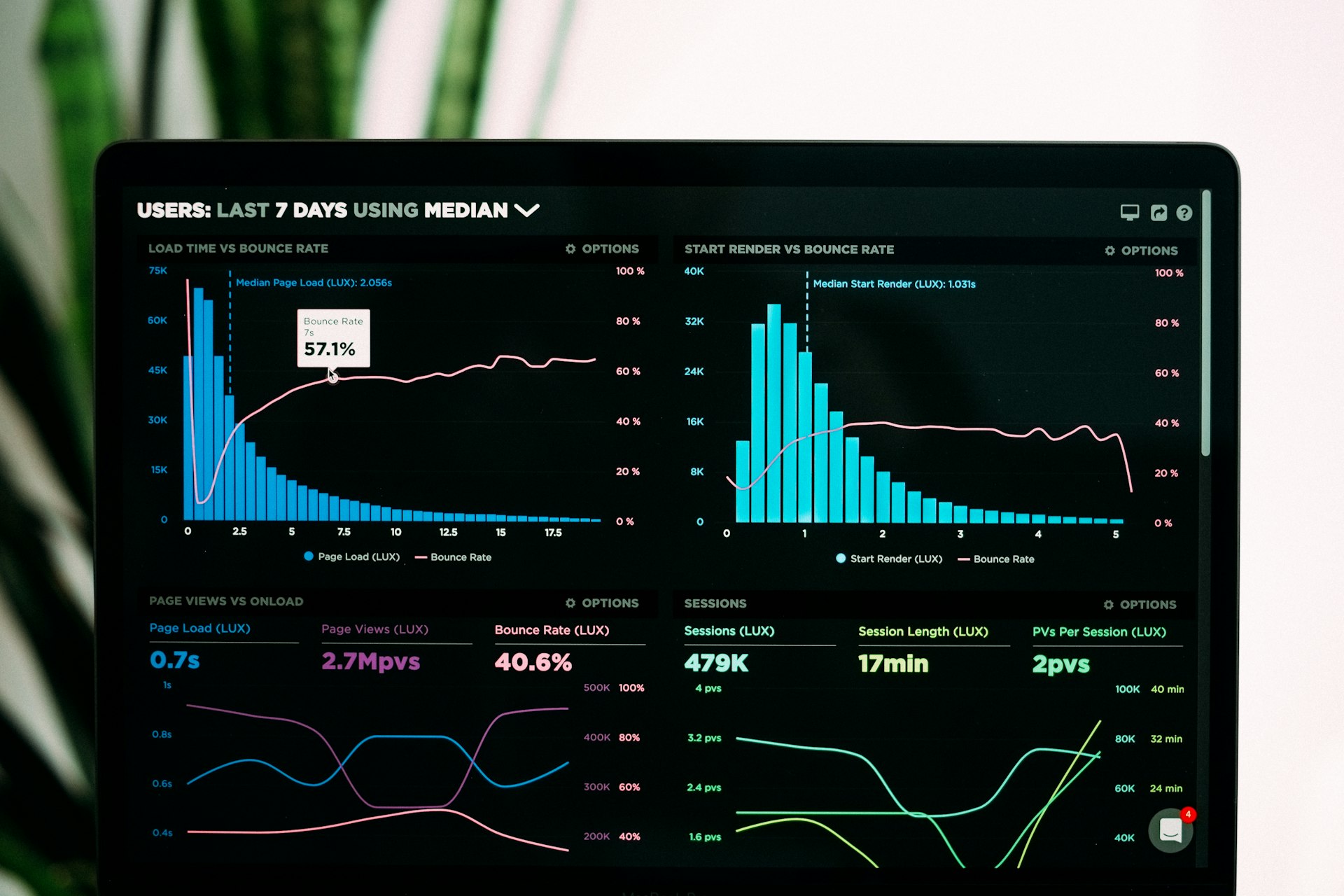Automate Processes
No matter the industry there are systems and processes that become major pain points. They are repetitive and time consuming. Involving AI will free up your time and resources by streamlining and completing these.

Accounting
Involving AI will replace your current software used for all of your accounting needs. Calculating, tracking, billing and organizing will no longer be manual tasks.
What it is: Automating the entire invoice lifecycle – from receipt to payment.
Examples: Automatically extracting vendor name, invoice number, amount, due date from scanned invoices, matching invoices to purchase orders, routing invoices for approval, scheduling payments.
What it is: Automating tax preparation and filing.
Examples: Automatically calculating tax liabilities, generating tax forms, filing tax returns
What it is: Automating the creation of financial reports.
Examples: Generating monthly, quarterly, and annual financial statements, creating custom reports.
What it is: Matching bank statements to internal accounting records.
Examples: Automatically matching transactions, flagging discrepancies, identifying potential errors.
What it is: Automating the process of recognizing revenue.
Examples: Automatically identifying revenue recognition criteria, calculating revenue, generating revenue reports.
What it is: Automating the expense report submission, approval, and reimbursement process.
Examples: Extracting data from receipts, automatically categorizing expenses, flagging non-compliant expenses, routing for approval.
What it is: Predicting future financial performance.
Examples: Forecasting revenue, expenses, and cash flow
What it is: Automating the entry of financial data into accounting systems.
Examples: Automatically entering data from bank statements, credit card statements, and other financial documents.
What it is: Automating the process of reconciling general ledger accounts.
Examples: Matching balances, identifying discrepancies, generating reconciliation reports.
What it is: Identifying and explaining differences between actual and budgeted results.
Examples: Automatically identifying significant variances, providing explanations for the variances.

Resource and Appointment Scheduling
From reminders and daily schedules to extended timelines and employee management, Involving AI will streamline time sensitive tasks throughout the entire company.
What it is: Automating the process of booking appointments for customers (e.g., salons, clinics, service providers).
Examples: Allowing customers to book appointments online, automatically sending appointment reminders, optimizing appointment slots to maximize utilization.
What it is: Optimizing the allocation of resources based on demand and availability.
Examples: Scheduling equipment for maintenance, allocating rooms for meetings, assigning vehicles for deliveries.
What it is: Optimizing the scheduling of field service technicians.
Examples: Assigning technicians to jobs based on location, skill set, and availability, optimizing routes to minimize travel time.
What it is: Adjusting schedules in real-time based on changing conditions.
Examples: Rescheduling appointments based on traffic conditions, adjusting staffing levels based on customer traffic.
What it is: Automating the creation of employee work schedules.
Examples: Creating schedules that meet labor demand, employee availability, and regulatory requirements, minimizing overtime costs.
What it is: Automating the process of approving or denying time-off requests.
Examples: Automatically approving time-off requests based on availability and workload, notifying managers of potential coverage gaps.
What it is: Automating the process of assigning on-call employees.
Examples: Assigning on-call employees based on skill set and availability, ensuring adequate coverage during off-peak hours.

Data Related Tasks
Instantly query information. Now, with immediate results, your hours spent gathering and analyzing industry information will no longer take up your valuable time.
What it is: Moving data from one system to another, cleaning data, formatting, validating.
Examples: Invoice processing, extracting information from forms, updating customer records, processing insurance claims.
What it is: Analyzing large datasets to identify trends, patterns, and insights. Generating reports.
Examples: Sales forecasting, fraud detection, customer churn prediction, market research, generating automated dashboards.
What it is: Ensuring data accuracy, consistency, and compliance.
Examples: Identifying duplicate records, flagging data quality issues, enforcing data policies.

Inventory
Automate how your company tracks what is purchased, what is in stock and what is sold. Flawless accuracy for the materials and goods your business relies on.
What it is: Automatically capturing inventory data from various sources (e.g., barcode scanners, RFID tags, invoices) and categorizing items.
Examples: Automatically extracting data from invoices, classifying items based on images, updating inventory records in real-time.
What it is: Providing a centralized view of inventory levels across all locations.
Examples: Integrating data from multiple warehouses, providing dashboards with key inventory metrics.
What it is: Automating the process of verifying inventory accuracy.
Examples: Identifying discrepancies between physical counts and system records, prioritizing cycle counts based on risk.
What it is: Automatically generating purchase orders based on demand forecasts and inventory levels.
Examples: Triggering purchase orders when inventory levels fall below a certain threshold, negotiating prices with suppliers.
What it is: Adjusting prices in real-time based on demand, competition, and inventory levels.
Examples: Lowering prices to clear out excess inventory, raising prices when demand is high.

Customer Service and Communication
We created our company to improve the work-life balance. We believe that we need to focus on our family more than our work and finances.
What it is: Handling customer inquiries, providing support, guiding users through processes.
Examples: Answering FAQs, resolving simple issues, scheduling appointments, providing product recommendations.
What it is: Sorting emails, prioritizing responses, drafting replies.
Examples: Automatically routing emails to the correct department, suggesting reply templates, summarizing email threads.
What it is: Sorting emails, prioritizing responses, drafting replies.
Examples: Automatically routing emails to the correct department, suggesting reply templates, summarizing email threads.

Project Management
From planning to implementation Involving AI will provide efficiency for individual projects.
What it is: Automatically assigning tasks to team members based on skills, availability, and workload.
Examples: Matching tasks to team members with the right expertise, balancing workloads to prevent burnout, predicting task completion times based on historical data.
What it is: Automatically collecting and analyzing project data to track progress and generate reports.
Examples: Automatically updating task status based on activity logs, generating progress reports with key metrics, identifying potential schedule slippage.
What it is: Predicting project completion times and optimizing project schedules based on historical data and external factors.
Examples: Predicting project duration based on task dependencies and resource availability, identifying critical path activities, suggesting schedule adjustments to minimize project duration.